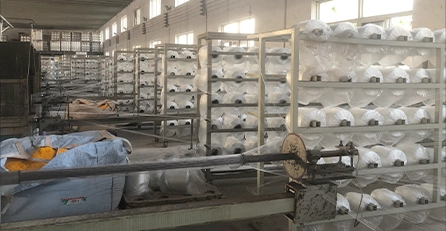High-Quality Vacuum Hose Solutions | Durable & Flexible Hose Options
Understanding Vacuum Hoses Essential Components for Optimal Performance
Vacuum hoses are a critical component in many systems, ensuring efficient operation in a variety of applications, from automotive to industrial machinery. These flexible tubes allow for the transfer of air and other substances, playing a fundamental role in both the performance and safety of equipment. Understanding their function, types, and maintenance is key to ensuring optimal operation.
At its core, a vacuum hose functions by creating a seal that allows for the removal of air or other gases from a confined space. This process is essential in many applications, such as in vacuum cleaners, where effective suction is necessary to remove dirt and debris. In automotive engines, vacuum hoses manage the intake system, controlling air flow and maintaining pressure levels for optimal combustion.
Types of Vacuum Hoses
There are various types of vacuum hoses, each suited for different applications. For instance, rubber vacuum hoses are commonly used in automotive settings due to their durability and flexibility. These hoses can withstand high temperatures and pressure variations, making them ideal for engine applications. On the other hand, silicone hoses are often used in high-performance environments, as they can handle extreme temperatures and offer greater resistance to degradation over time.
In contrast, plastic or PVC hoses are often utilized in lightweight applications, such as in laboratory settings or lighter vacuum systems. While they are not as durable as rubber or silicone hoses, they provide a cost-effective solution for less demanding applications. Each type of vacuum hose serves specific purposes, and selecting the right one is crucial for ensuring efficiency and safety.
vacuum hose

Maintenance and Care
Proper maintenance of vacuum hoses is essential to prolong their lifespan and maintain optimal performance. Regularly checking for signs of wear, cracks, or rigidity can prevent potential failures. If a hose appears damaged, it is vital to replace it promptly, as compromised hoses can lead to leaks, reducing efficiency and potentially causing system failures.
Additionally, ensuring that hoses are properly connected and free from obstructions can enhance functionality. In automotive systems, a loose or disconnected vacuum hose can lead to engine performance issues, including stalling or increased fuel consumption. Therefore, routine inspections play a pivotal role in the upkeep of systems reliant on vacuum technology.
Conclusion
In summary, vacuum hoses are indispensable components in various applications, providing essential functions that ensure the efficiency and performance of machinery. Understanding the types of hoses available, their specific applications, and the importance of maintenance can significantly impact the operational success of the systems they serve. Whether in the context of automotive engineering or industrial machinery, investing time and resources into the proper use and care of vacuum hoses is a crucial aspect of system management. By doing so, users can enhance performance, ensure safety, and reduce the frequency of costly repairs or replacements.
-
Top Quality Oxy Acetylene Hoses for Sale Fit for Welding DemandsNewsJul.28,2025
-
The Future of Pneumatic Air Tubes in IndustryNewsJul.28,2025
-
Superior and Reliable LPG Hose Pipe Solutions for Every NeedNewsJul.28,2025
-
Exceptionally Durable and Versatile Premium Braided PVC TubingNewsJul.28,2025
-
Best Adapters for Connecting Garden Hose to PVC Pipe ConnectionsNewsJul.28,2025
-
The Essential Role of LPG Hoses in Safe and Efficient Gas DistributionNewsJul.16,2025














